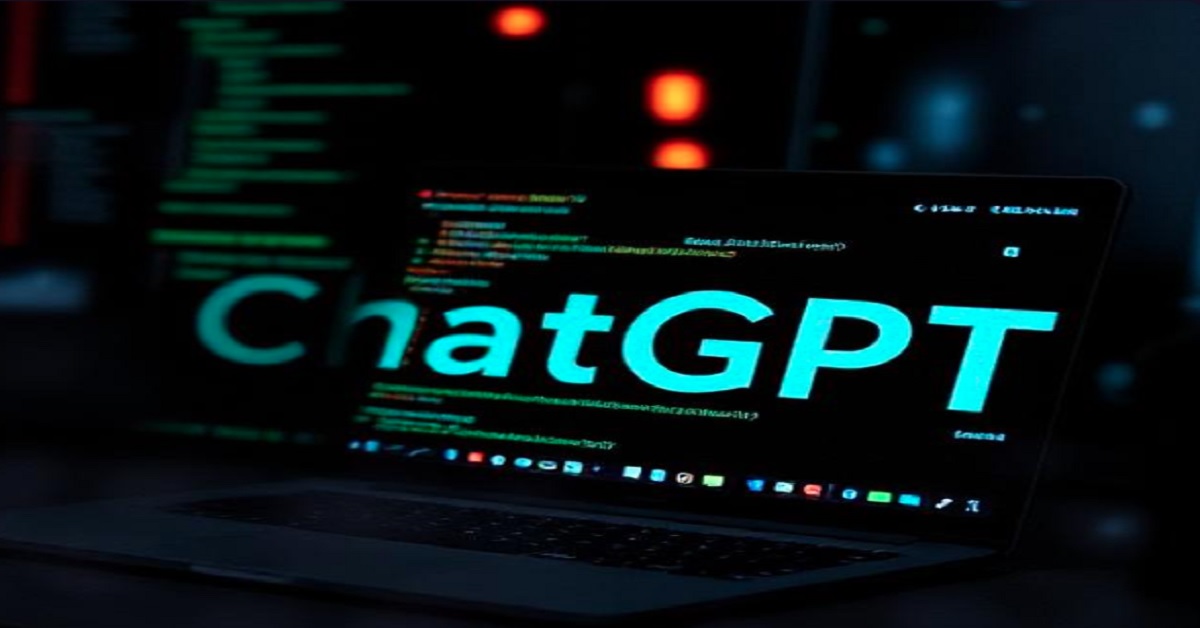In a world where artificial intelligence has seamlessly integrated into our daily lives, even a temporary disruption can cause significant tremors. The recent global outage of ChatGPT, one of the most widely used AI platforms, sent shockwaves through tech communities, business operations, academic workflows, and digital support systems. Notably, India and the United States—two of the largest user bases—were hit hardest, causing a flurry of confusion, frustration, and disruption.
Widespread ChatGPT Outage: What Happened?
On June 4, 2025, users around the world reported being unable to access ChatGPT’s services, with errors ranging from blank screens and login issues to total service unavailability. According to DownDetector and other outage-monitoring tools, the disruption began early in the morning and rapidly escalated. OpenAI, the creator of ChatGPT, confirmed the issue shortly after users began raising alarms across platforms like X (formerly Twitter), Reddit, and LinkedIn.
The disruption affected not just the free-tier users, but also premium ChatGPT Plus and Team subscribers, many of whom rely on the tool for critical business and creative tasks.
Severe Impact Across Industries
Tech Developers and Coders Left in Limbo
Thousands of developers who use ChatGPT to generate code, debug, and write documentation suddenly found themselves stranded mid-project. For many, the outage came during active work hours, leading to delays in software deployments, missed client deadlines, and an overall slowdown in production.
Content Creators and Digital Marketers in Disarray
From writing blog posts to scripting YouTube videos, ChatGPT has become an integral part of the digital content creation process. With the AI unavailable, creators had to either postpone deliveries or rely on manual efforts, which significantly slowed down their workflows. Marketers managing automated campaigns, email drafts, and SEO optimization tasks found themselves scrambling for alternatives.
Academic and Student Communities Affected
In countries like India, where students extensively use ChatGPT for homework help, research guidance, and project drafting, the outage triggered a storm of concern. Many reported difficulty completing assignments on time, particularly during final exam season. Professors and researchers who rely on AI tools for summarization, paraphrasing, or brainstorming also felt the absence sharply.
India and the US: The Epicenters of the Disruption
The United States and India—representing millions of daily active ChatGPT users—were the most affected regions. In India, the outage came during peak morning hours, coinciding with school and office timings. In the US, it disrupted users on both coasts during early work hours, affecting businesses, customer service bots, and digital creators alike.
The volume of user complaints from these regions flooded social media, with hashtags like #ChatGPTDown trending within minutes. Tech communities voiced concerns over AI dependency, urging for better fallback mechanisms during future disruptions.
OpenAI’s Response and Service Restoration Timeline
OpenAI’s engineering team promptly acknowledged the issue on its official status page, categorizing it as a “major outage”. The company provided live updates, stating that internal diagnostics were underway and that the issue appeared to be related to a backend malfunction, likely stemming from overloaded servers or system misconfiguration.
By late evening on June 4, OpenAI successfully restored partial access to some users, with full recovery achieved overnight. The company issued an apology, assuring users that efforts were being made to reinforce infrastructure and prevent such events in the future.
Global Reliance on ChatGPT: A Double-Edged Sword
This incident highlights the massive global dependency on AI systems for tasks ranging from coding and writing to analytics and education. While AI brings efficiency and scalability, its centralization poses a risk. When a platform like ChatGPT experiences downtime, millions are instantly affected, and business continuity comes under threat.
Remote Workplaces and Startups Most Vulnerable
Small businesses, especially remote-first companies, that rely heavily on ChatGPT for customer support responses, technical FAQs, and auto-generated content, bore the brunt of the disruption. Several startups had to delay meetings, push product announcements, or resort to inefficient manual interventions.
AI-Integrated Applications Fail Silently
Apps that have integrated ChatGPT through APIs—such as writing assistants, voice interfaces, and customer service bots—began to fail silently during the outage. Without proper error handling in place, users encountered broken chat windows or unanswered queries, adding to customer dissatisfaction.
The Psychology of a Silent AI
Interestingly, many users described a feeling of cognitive dissonance during the outage, as if a virtual companion had suddenly vanished. ChatGPT, for many, has become more than a tool—it’s a daily thought partner, creative aid, and problem solver.
This phenomenon was especially visible on Reddit, where users described feeling “strangely alone” without their AI “buddy.” The event emphasized how AI tools are increasingly shaping our emotional and mental productivity landscapes.
Calls for Redundancy and Offline Modes
Following the outage, the tech community has called for robust fallback solutions, such as:
- Local AI instances that can function offline
- Redundant server architecture to prevent single points of failure
- Caching of frequently used prompts
- Integration of multiple AI providers to allow seamless switching
As AI adoption accelerates globally, business continuity planning for AI outages will become a standard protocol.
Lessons Learned and Future Outlook
This global ChatGPT outage has underscored several critical lessons:
- AI Dependency Needs Backup Plans
Businesses and users must build resilience into their AI use cases. Relying entirely on a single provider for all tasks is risky. - Communication During Crises Is Vital
OpenAI’s real-time updates helped contain misinformation. Transparent communication during such crises is essential to maintain user trust. - Regional Load Balancing Should Be a Priority
With India and the US showing the highest traffic loads, regional failovers and distributed computing must be part of future AI infrastructure strategies. - Educating Users About AI Limitations Is Crucial
Many users were unaware of how to handle the outage. Educational content and user training can help prepare for similar disruptions in the future.
OpenAI’s Commitment to Reliability
In a public statement, OpenAI reiterated its commitment to service reliability and infrastructure strengthening. While the precise technical causes were not disclosed, the company assured users that measures are underway to increase platform resilience, server scalability, and AI uptime guarantees.
Conclusion: The New Normal Requires New Safety Nets
As AI continues to evolve, service outages like this serve as wake-up calls. They push us to rethink our digital dependencies and build better safety nets. Whether you’re a student, coder, marketer, or enterprise leader, AI downtime now means productivity downtime.
While OpenAI works toward more stable systems, users must also adopt a multi-layered strategy that balances innovation with resilience.
In the interconnected age of intelligent automation, it’s no longer about whether we should use AI—it’s about how prepared we are when AI goes silent.








